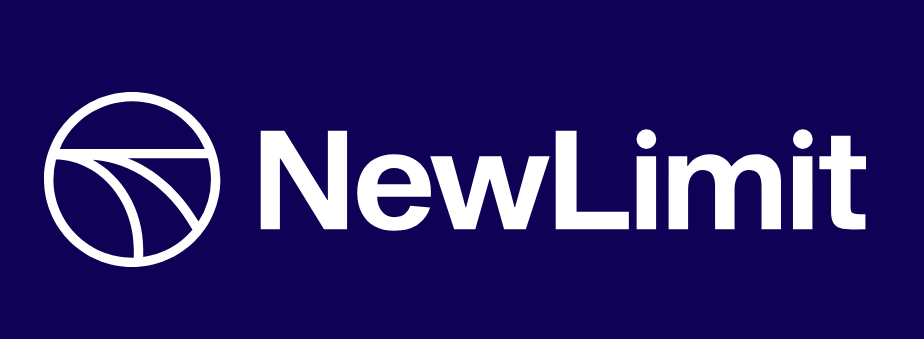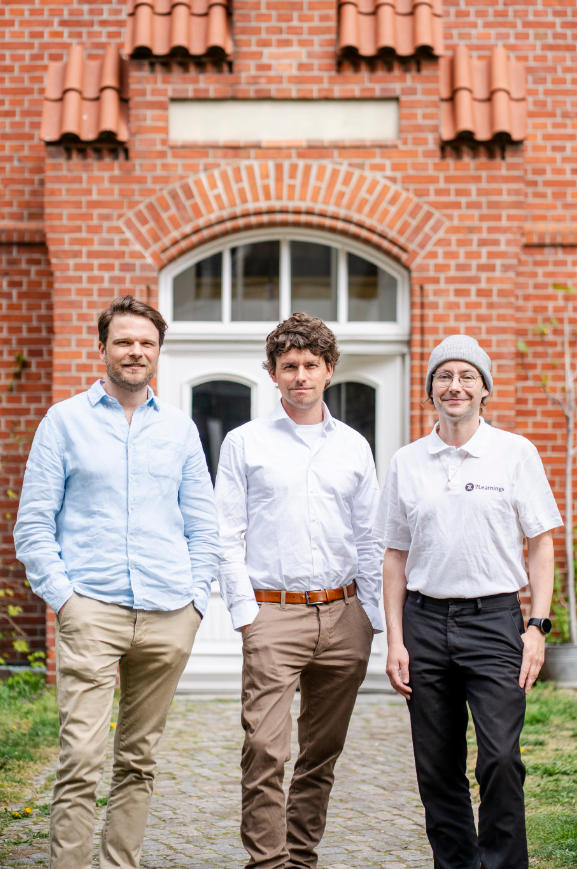Insider Brief
- As AI tools increasingly influence product recommendations and purchasing decisions, how a brand is perceived by large language models (LLMs) like ChatGPT and Llama may directly affect customer engagement and revenue.
- Companies are using tools like Share of Model to analyze how different AI systems describe their brands and are adjusting content, visuals, and messaging to align with their intended image, according to MIT Technology Review.
- Researchers cited by MIT Technology Review warn that subtle changes in prompt wording can significantly alter AI recommendations, raising ethical concerns as brands attempt to influence model outputs and navigate embedded biases.
When AI models describe your business to potential customers, they might be getting it wrong — and that can cost you.
Large language models (LLMs) like ChatGPT and Llama form opinions about brands based on snippets of text, images, and even subtle prompt wording, according to a recent article in MIT Technology Review. As AIs grow more influential in product recommendations and autonomous shopping decisions, how a brand appears to an algorithm may soon matter as much as how it looks to a customer.
In one case cited by the tech publication, a meal prep company was wrongly portrayed as confusing and labor-intensive by ChatGPT — all because one of its ads showed chopped chives. The AI inferred that users wouldn’t want to spend time chopping, skewing the brand’s identity in a negative light.
“We’re entering a new era where understanding how AI perceives your brand is just as critical as managing your presence on Google,” said Jack Smyth, chief solutions officer at Jellyfish, a firm that helps brands audit and influence AI perception through its software platform, Share of Mode, as reported by MIT Technology Reviewl.
LLMs now act like digital focus groups. Share of Model poses targeted questions to AIs, then analyzes responses to identify patterns and inconsistencies in brand identity. Different models interpret the same brand in different ways.
According to Smyth: “It’s very similar to a human survey, but the respondents here are large language models.”
AIO — AI Optimization
For businesses, this shift could mark the rise of what Smyth calls “AI optimization” — an evolution of traditional search engine optimization (SEO). The focus isn’t just keywords, but crafting content and visuals that shape how machines see your brand.
And the stakes are rising and they’re rising faster than expected. As reported in MIT Technology Review, a Boston Consulting Group study found that 28% of consumers already use AI for product recommendations. That number is expected to grow as AI agents begin making autonomous purchases on behalf of users.
Share of Model
Gokcen Karaca, head of digital and design at Pernod Ricard, has already begun adapting to the trend. The company used Share of Model to examine how AI viewed Ballantine’s, its second-largest Scotch brand globally.
“Llama was identifying it as a prestige product,” Karaca told MIT Technology Review, likely confusing it with a premium line under the same name.
To correct the narrative, Karaca’s team created assets that emphasized Ballantine’s mass-market appeal.
“We made tiny changes, and it is taking time. I can’t give you concrete numbers but the trajectory is positive toward our target,” Karaca added.
Tweaks Take TIme
But even minor tweaks can take time to register with LLMs. That’s partly because many models are black boxes: proprietary systems with no public code or clear data sources. That may soon change. New reasoning models that reveal their “chain of thought” could help brands better understand how AIs reach their conclusions.
“You may be able to see how important a good scent is to a soap recommendation,” Smyth explained. If that becomes visible, marketers can tailor their messaging accordingly.
Prompt Manipulation
Another tactic: prompt manipulation. Research from Carnegie Mellon University, cited by MIT Technology Review, shows that slight changes in the wording of prompts can drastically alter what brands an AI recommends.
In one experiment, a Google model went from recommending Instant Pot 0% of the time to 100%, solely based on differences in the phrasing of two prompts. The implications are clear: marketers may begin inserting preferred prompts on forums like Reddit to nudge AIs toward their products.
“We should warn users that they should not easily trust model recommendations, especially if they use prompts from third parties,” said Weiran Lin, one of the study’s authors.
Ethical Issues
That raises ethical concerns. The AI-brand relationship may evolve into a digital cat-and-mouse game, much like SEO in the early 2000s.
“Anything that’s too explicit is unlikely to be as influential as you’d hope,” Smyth said. Brands that try to game the system with prompt injection or misleading images could see those tactics fail—or backfire.
Bias is another issue. Research from the University of South Florida shows that LLMs tend to favor global brands over local ones. “If I am talking about Nike, in most cases it says that it’s fashionable or it’s very comfortable,” said researcher Mahammed Kamruzzaman. Meanwhile, local brands are often described as low quality or uncomfortable.
The models also show income-based bias. When asked for gift ideas for people in wealthy countries, LLMs recommend luxury goods; for poorer regions, they suggest budget brands. That kind of pattern reinforces socioeconomic stereotypes. “When people are using these LLMs for recommendations, they should be aware of bias,” Kamruzzaman told MIT Technology Review.
Despite the drawbacks, AI can be a useful tool. Smyth says clients use Share of Model to preview ad campaigns before launch. “One of our clients called it their gen-AI gut check,” he said. They feed options into the model and gauge which version resonates.
Consistency Matters
According to the article, consistency matters most. LLMs process everything a brand produces—images, web copy, social media, video. If the content sends mixed messages, the AI will notice. “Making your brand accessible to an LLM is really difficult if your brand shows up in different ways in different places,” said Rebecca Sykes, partner at Brandtech Group, which owns Share of Model.
As AI grows more influential, companies may need to think of algorithms not just as tools, but as a new type of customer.
“It’s probably the very beginning of the conversations that most brands are having,” said Sykes, according to the tech publication, “where they’re even thinking about AI as a new audience.”






